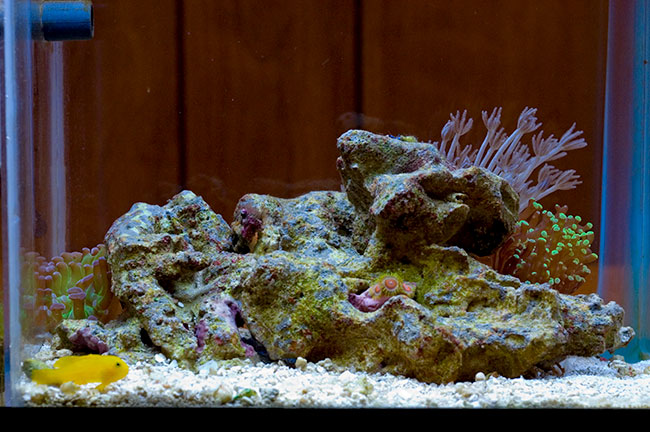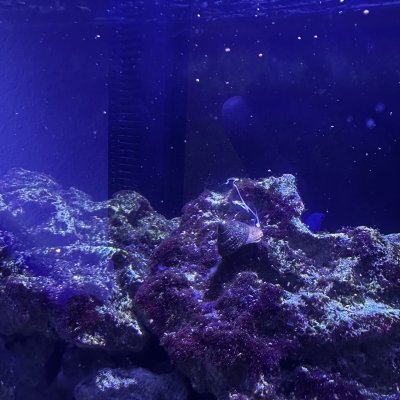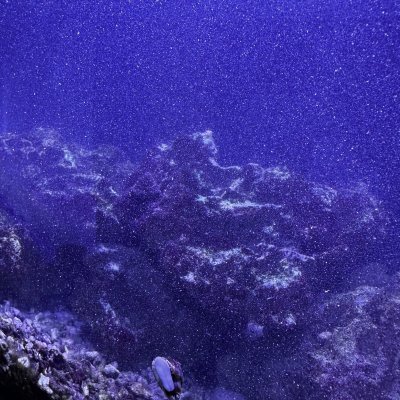- Joined
- May 26, 2017
- Messages
- 278
- Reaction score
- 614
Did a few calculations for a cube. The ratio of tank volume to bottom surface area increases with increasing volume. That is, as the tank size increases, the amount of water increases faster than the bottom surface area. For a fixed substrate depth, that means the amount of water grows faster with increasing tank size than the total amount of detritus in the system found in the substrate. On a tank wide basis, detritus is more “dilute”.
As for the rest the detritus debate...
But it is not really that simple. I don't use a substrate in my tank - just lots and lots of rock. Bigger tank, more rocks, more area for detritus to supposedly settle. And most large tanks are not cube shaped. Many are quite long and relatively shallow. Some folks keep very minimalist tanks regardless of size. Some folks cram everything they can in the tank regardless of size. That said - you make an interesting point.
In my opinion, using a vague and rather false notion of "large tank dilution" to explain away and dismiss every successful tank that does not engage in manual detritus removal is counter-productive and just plain misleading. If people are struggling with their tanks and someone wants to recommend breaking down the tank, siphoning out everything possible and starting anew as one option - more power to them. But to insist (over and over and over) that no other methodology can really be successful and if it appears you are successful, then it is only because "dilution" is masking the problem - that is rubbish.
























